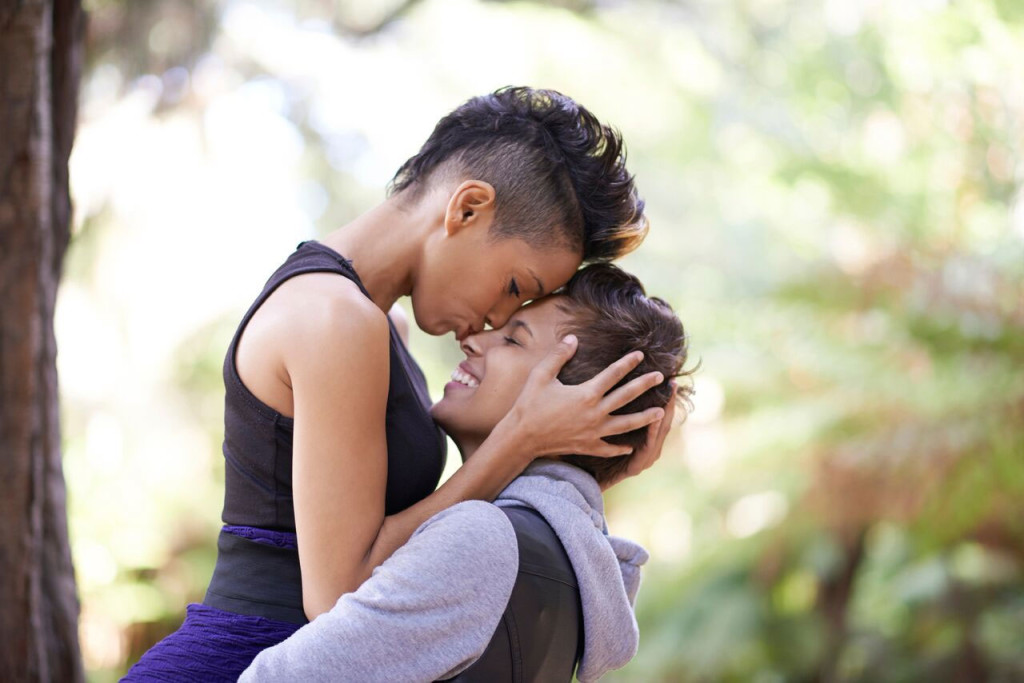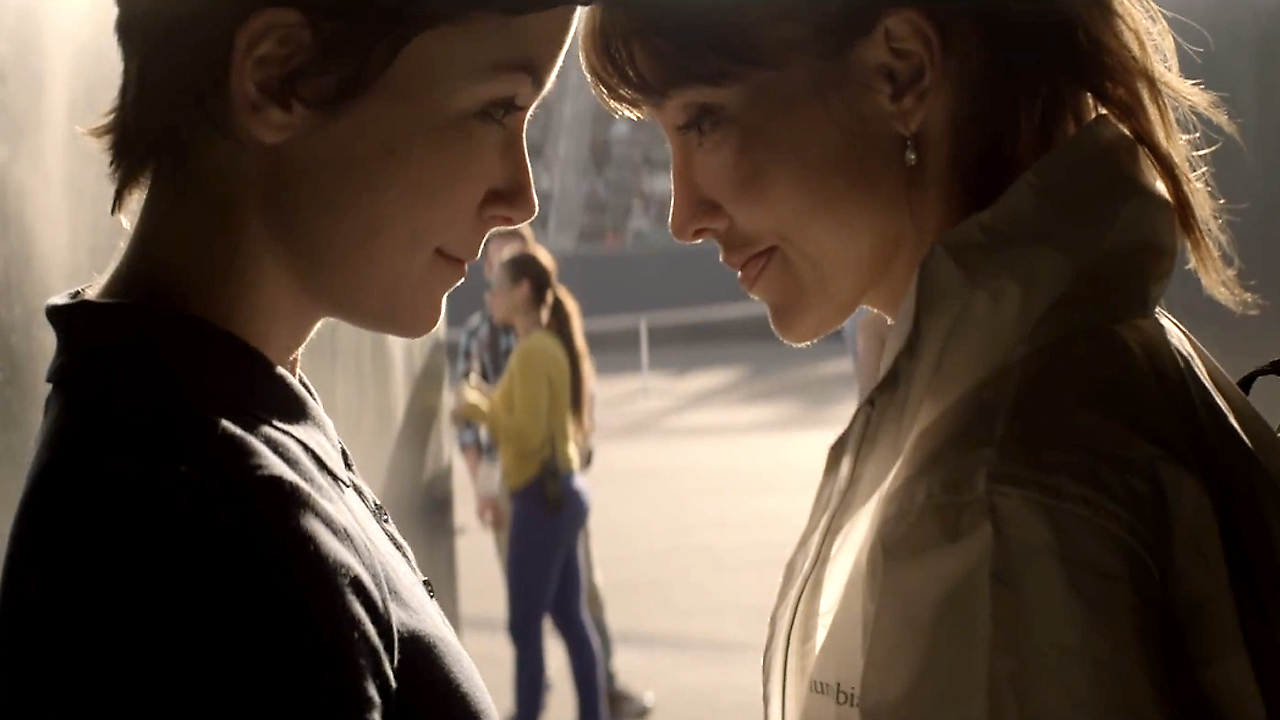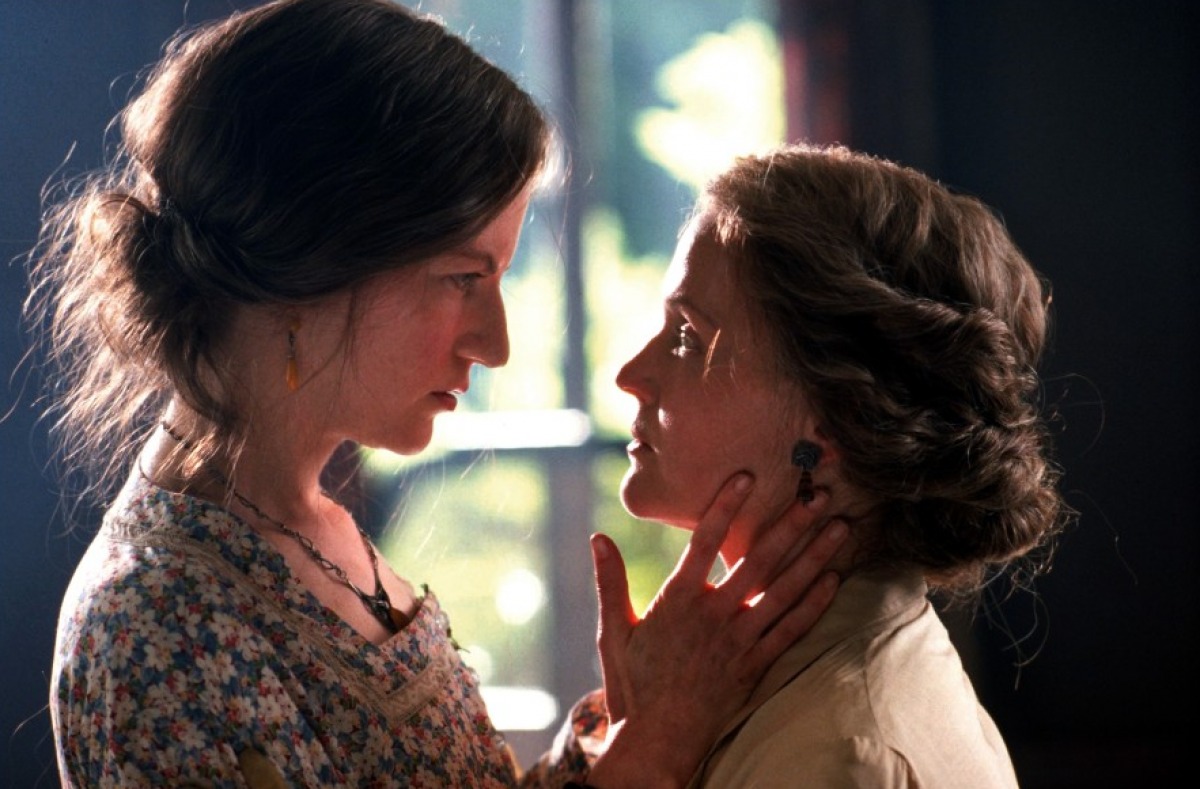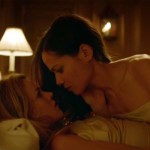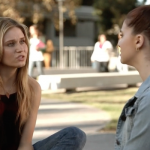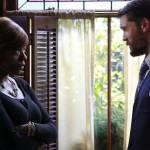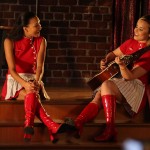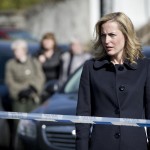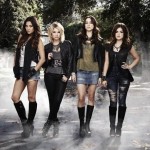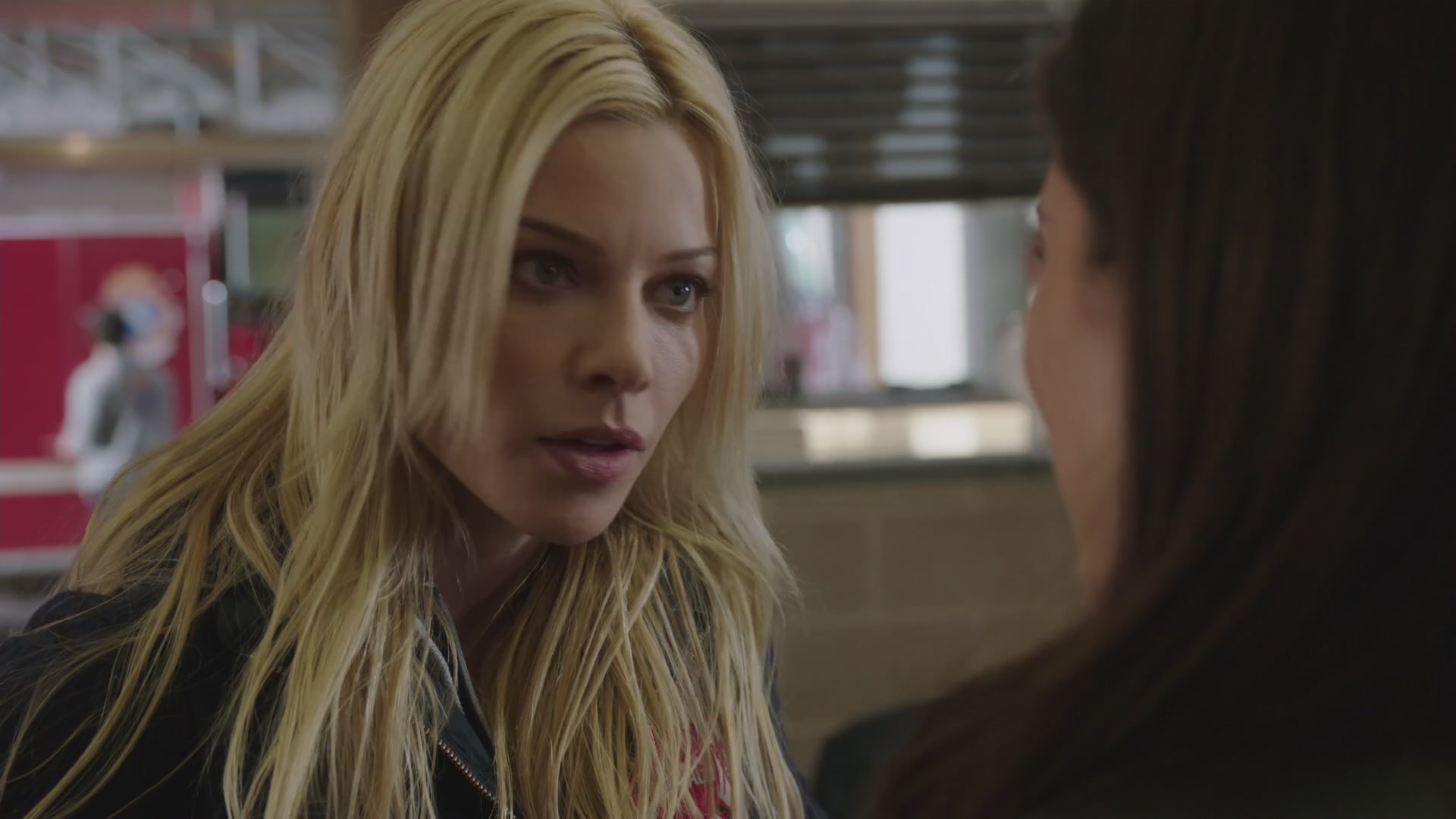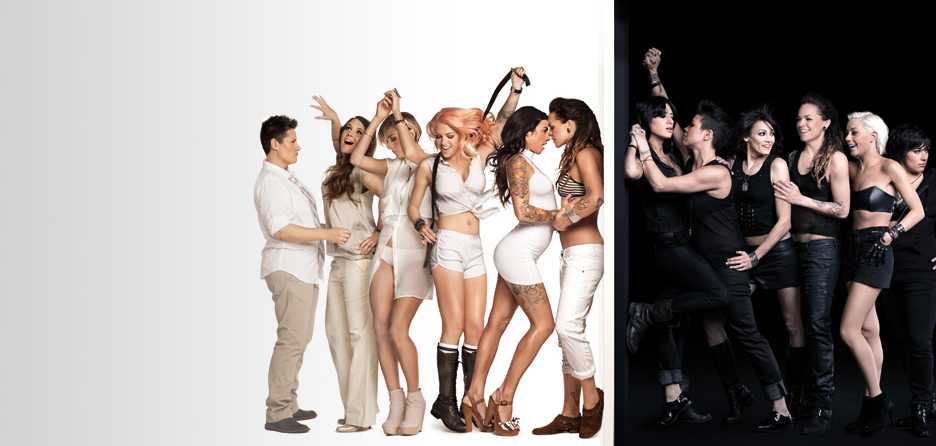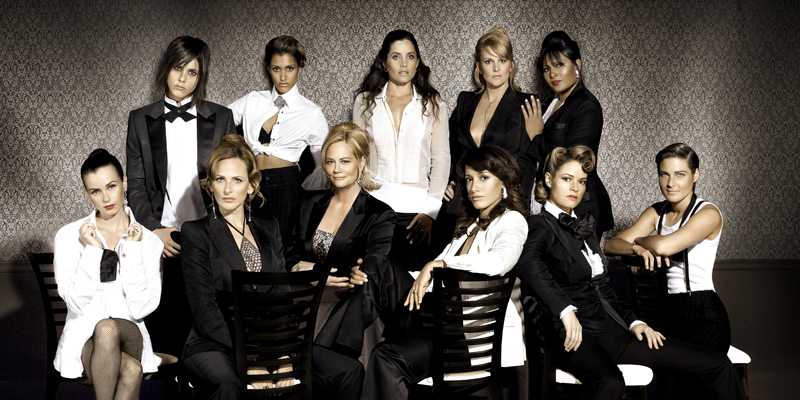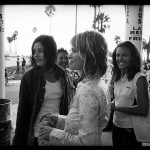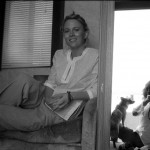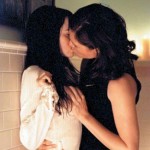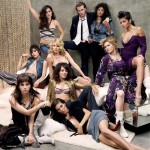On the path of gay rights and acceptance, the way that the media portrays the lives of gay is massively important. No, not just in the way they talk of Bill and David’s whirlwind marriage following the repeal of DOMA or Kathy and Sue’s adoption of a child following a court ruling but in the fictional stories too.
For those who don’t know any gay people, televisions shows and movies can help normalise the non-heterosexual relationships that really exist. It eliminates the idea of the rainbow wearing bogeyman (or woman) hiding (both literally and figuratively) in a closet.
But getting to a point where the media is fair with its portrayal isn’t always easy. We’re moving forward but playing the turtle’s game against a heteronormative hare doesn’t help conjure favourable opinion towards gay people in the short term.
As noted by GLAAD President and CEO Sarah Kate Ellis,
“Television networks are playing a key role in promoting cultural understanding of LGBT lives around the world, and are now producing some of the best LGBT-inclusive programming we’ve yet seen.”
Thankfully, the latest GLAAD ‘Where We Are On TV’ report for the 2014 to 2015 season (including shows scheduled to air in the Summer of 2015) show a swathe of new lesbian faces for queer women to identify with.
These include Renee Montoya on Gotham, Renee’s love interest Barbara Kean and the lesbian doctor responsible for the main mix-up at the centre of Jane the Virgin’s story. When we add all of the newcomers to those that already existed we have 74 queer women (bisexual and lesbian) of all races depicted across cable and broadcast networks.
However, although the numbers are strong (if you can call less than 10% of all characters being LGBT ‘strong’, anyway) we are faced with many challenges about representation.
Also according to GLAAD’s statistics, on both cable and broadcast, the figures of queer woman hovered just above 40%, with most queer characters being men. In total this leads to a difference of over two dozen queer men in comparison to the total of queer women. Whilst many could argue that queer representation for all genders is a plus point, a lack of real equality can lead to inherent problems.
Glee in particular comes to mind as although it has a reasonable amount of white, gay males (the show’s creator is also a white, gay male it’s worth nothing) it has gone as far as to ridicule, mock and make fun of female queerness and antagonise the fans of said characters.
Meanwhile, despite Modern Family being very proud of its two gay leads (married male couple Cam and Mitch) when it featured a lesbian couple, they were incredibly stereotypical in their portrayal which is perhaps not offensive but is definitely enough to roll your eyes.
Not only this but the portrayal of queer women on our TV suffer from the same plague of ‘mostly white characters’ that the roster of heterosexual characters do. While it’s difficult to get a break down of queer women only, it doesn’t take a genius to realise that with 117 white LGBT characters out of 170 LGBT characters, there aren’t going to be a whole lot of queer women included.
Hollywood is racist from the ground up – the practice of whitewashing and the stereotypes they promote can tell us that much – but the TV side of the industry needs to embrace and overcome its problematic past.
One the one hand showing queer faces of colour can have a massive impact as it shows people that yes, people of all races can be gay not just the effeminate white man down the street, leading them to be more accepting. While on the other, with people of colour watching more TV than white people it just makes better business sense for Hollywood – y’know, if they aren’t particularly interested in the legacy and the messages that their media leaves behind.
But with this all said, it should be praised that we’re seeing new types of stories, even if we need the demographics to change a little. We have queer parents, we have bisexual women who aren’t just a sweeps week ploy and there are queer people of all sorts of professions and backgrounds too.
Ultimately there’s a long way to go until we can be truly satisfied but we’re slowly and surely getting there, at least.
